
ERNEST FENOLLOSA AND EZRA POUND
THE
CHINESE WRITTEN CHARACTER
AS A
MEDIUM
FOR
POETRY
A Critical Edition, Edited by
HAUN SAUSSY, JONATHAN STALLING, AND LUCAS KLEIN

Copyright 2008 Fordham University Press
All rights reserved. No part of this publication may be reproduced, stored in a retrieval system, or transmitted in any form or by any meanselectronic, mechanical, photocopy, recording, or any otherexcept for brief quotations in printed reviews, without the prior permission of the publisher.
Library of Congress Cataloguing-in-Publication Data
Fenollosa, Ernest Francisco, 18531908.
The Chinese written character as a medium for poetry : a critical edition / Ernest Fenollosa, Ezra Pound ; edited by Haun Saussy, Jonathan Stalling, and Lucas Klein
p. cm.
Originally published: London : Stanley Nott, 1936.
Includes bibliographical references.
ISBN-13: 978-0-8232-2868-3 (cloth : alk. paper)
1. Chinese languageWriting. 2. Chinese poetryHistory and criticism.
3. Grammar, Comparative and general. I. Pound, Ezra, 18851972. II. Saussy,
Haun, 1960 III. Stalling, Jonathan. IV. Klein, Lucas. V. Title.
PL1171.F39 2008
808.1dc22 2008007488
Printed in the United States of America
10 09 08 5 4 3 2 1
First edition
Chinese Poetry, as we know it today, is something invented by Ezra Pound.
T. S. ELIOT, Ezra Pound: His Metric and Poetry
Really one DONT need to know a language. One NEEDS, damn well needs, to know the few hundred words in the few really good poems that any language has in it.
EZRA POUND TO IRIS BARRY, 1916
Contents
Fenollosa Compounded: A Discrimination
HAUN SAUSSY
The Chinese Written Character as a Medium for Poetry: An Ars Poetica
ERNEST FENOLLOSA, with a Foreword and Notes by Ezra Pound (1918, 1936)
Appendix: With Some Notes by a Very Ignorant Man
EZRA POUND
The Chinese Written Language as a Medium for Poetry
ERNEST FENOLLOSA (final draft, ca. 1906, with Pounds notes, 191416)
Synopsis of Lectures on Chinese and Japanese Poetry
ERNEST FENOLLOSA (1903)
Chinese and Japanese Poetry. Draft of Lecture I. Vol. II.
ERNEST FENOLLOSA (1903)
Chinese and Japanese Traits
ERNEST FENOLLOSA (1892)
The Coming Fusion of East and West
ERNEST FENOLLOSA (1898)
Chinese Ideals
ERNEST FENOLLOSA (nov. 15TH 1900)
[Retrospect on the Fenollosa Papers]
EZRA POUND (1958)
List of Illustrations
FRONTISPIECE
Kan H
H gai, Untamed Horse Under a Cherry-Tree
gai, Untamed Horse Under a Cherry-Tree (1884). Private collection, place not given. After Hosono, Kan
(1884). Private collection, place not given. After Hosono, Kan H
H gai, plate 55; see also p. 117. Ernest Fenollosa offered to sell this picture to Charles Freer, unsuccessfully, in a letter of October 20, 1903 (Charles L. Freer Correspondence, box 8, folder 29, Freer Gallery of Art and Arthur M. Sackler Gallery Archives, Smithsonian Institution, Washington, D.C.). Title page spread: detail.
gai, plate 55; see also p. 117. Ernest Fenollosa offered to sell this picture to Charles Freer, unsuccessfully, in a letter of October 20, 1903 (Charles L. Freer Correspondence, box 8, folder 29, Freer Gallery of Art and Arthur M. Sackler Gallery Archives, Smithsonian Institution, Washington, D.C.). Title page spread: detail.
TEXT
1. Sheer irony (YCAL MSS 43, 101/4248, pp. 6 a/b). Yale University Collection of American Literature, Ezra Pound Papers, Beinecke Rare Book and Manuscript Library.
2. Short-hand pictures of actions, or processes, from Fenollosas final draft (YCAL MSS 43, 101/4248, p. 13 a). Yale University Collection of American Literature, Ezra Pound Papers, Beinecke Rare Book and Manuscript Library.
3. Short-hand pictures, continued (YCAL MSS 43, 101/4248, p. 13 b). Yale University Collection of American Literature, Ezra Pound Papers, Beinecke Rare Book and Manuscript Library.
4. Agentactobject diagram (YCAL MSS 43, 101/4248, p. 18 b). Yale University Collection of American Literature, Ezra Pound Papers, Beinecke Rare Book and Manuscript Library.
5. The cherry diagram (YCAL MSS 43, 101/4248, p. 18 a). Yale University Collection of American Literature, Ezra Pound Papers, Beinecke Rare Book and Manuscript Library.
6. Order as suggested in Notes for Lecture I, with Pounds markings (YCAL MSS 43, 99/4217, p. 26 a). Yale University Collection of American Literature, Ezra Pound Papers, Beinecke Rare Book and Manuscript Library.
7. Enormous wealth of Chinese character (YCAL MSS 43, 99/4217, pp. 42 a/b). Yale University Collection of American Literature, Ezra Pound Papers, Beinecke Rare Book and Manuscript Library.
Conventions
In text taken from the Fenollosa-Pound manuscripts, text in Fenollosas handwriting is in roman type, and Fenollosas own deletions are marked with strike-outs, thus: deletion . Pounds manuscript deletions are enclosed in boldface brackets [deletion], and his additions and marginal comments are printed in boldface. The editors queries or insertions are in curly brackets: {}.
Fenollosa habitually wrote on the right-hand page of a bound, ruled notebook, reserving the left-hand page for afterthoughts, references, Chinese characters, or hints about illustrations. An asterisk * occasionally appears as a reminder to expand a point. We have maintained the counterpoint between left-hand and right-hand pages in our columnar layout.
Oddities of spelling and grammar are unchanged.
Haun Saussy
Preface
Ernest Fenollosas The Chinese Written Character as a Medium for Poetry, edited and published by Ezra Pound, is one of the cardinal references in American poetics. Every generation since 1919 has revisited it. But the version of the essay that has circulated for the last ninety years reflects Pounds understanding of the text. Fenollosas manuscripts, preserved with Pounds editorial markings in the Beinecke Library of Yale University, allow us to see this significant essay in a different light, as an early document of sustained cultural interchange between North America and East Asia. Certain difficulties fall away therebyand others emerge. The restoration of the quasi-dialogue between Fenollosa and his posthumous editor Pound, the inclusion of earlier drafts of the essay showing the development of Fenollosas ideas about culture, poetry, and translation, and the contextual clues provided by copious multilingual annotation are the main features of this edition. We hope, by making it unfamiliar once more, to renew discussion of this text.
*
The research that went into this book has been supported by a Griswold Faculty Fellowship and a grant from the Council on East Asian Studies at Yale University. Preliminary investigations were carried out under a Presidents Career Grant in the Humanities, University of California. With their comments, facial expressions, and questions, audiences, including the Whitney Humanities Center Fellows, the Yale Working Group in Comparative Poetics, a Princeton Society of Fellows in the Humanities workshop, and a workshop on translation at the University of California at Santa Barbara, have influenced our approach to the material. The staff of the Beinecke Rare Book and Manuscript Library at Yale have helped us in countless ways. Other valuable assistance came from the staffs of the Freer and Sackler Gallery Archives of the Smithsonian Institution and the Houghton Library at Harvard University. The Yale Council on East Asian Languages and the Beinecke Library (through its director, Frank Turner) generously supported publication.
Next page
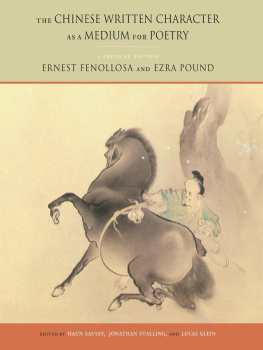
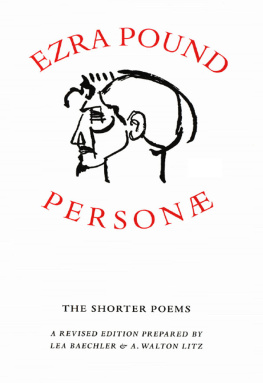

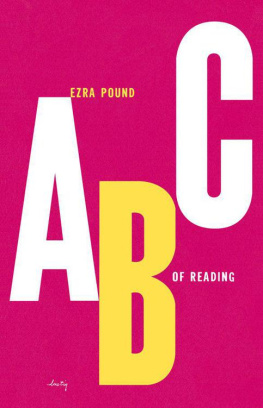
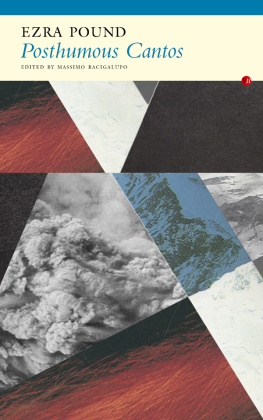
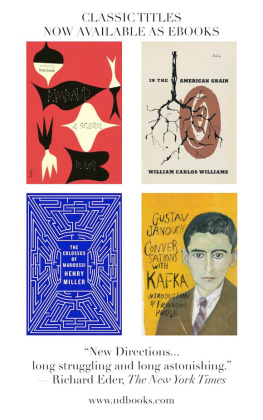
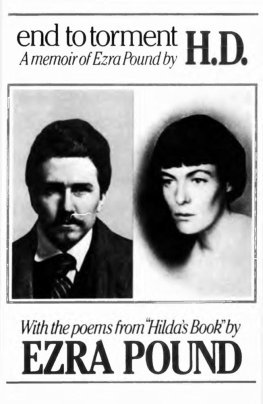


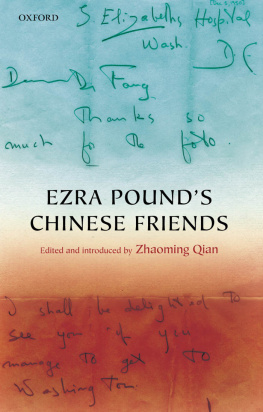



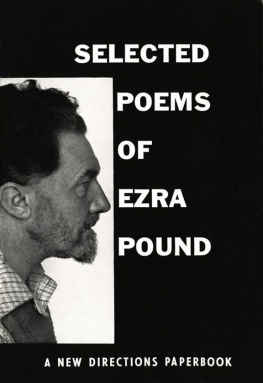


 H
H (1884). Private collection, place not given. After Hosono, Kan
(1884). Private collection, place not given. After Hosono, Kan